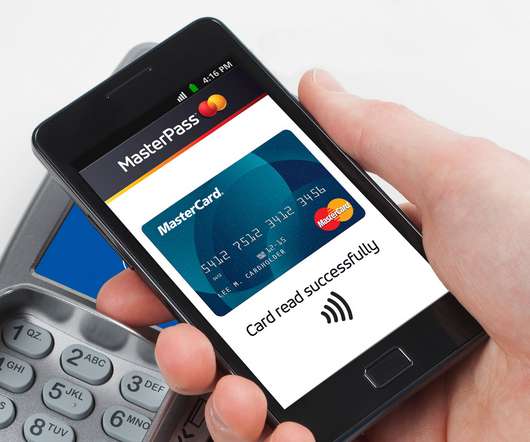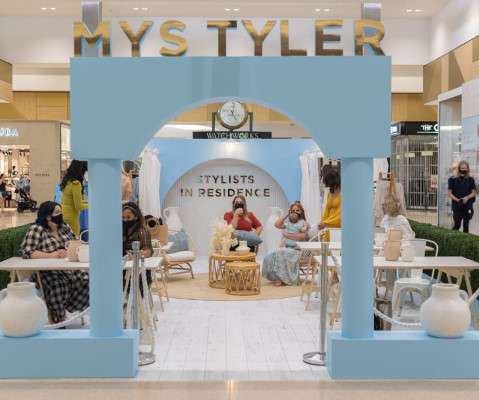Ron Johnson’s Enjoy Technology Files for Bankruptcy, Set to be Sold
Retail TouchPoints
JULY 1, 2022
The ultimate plan is to sell to the highest bidder. Johnson co-founded Enjoy in 2014 after leaving JCPenney and currently serves as its CEO. Johnson had hoped to expand into new categories and markets, but the tides quickly turned after the company went public via SPAC in October 2021. as of July 1, 2022.












Let's personalize your content